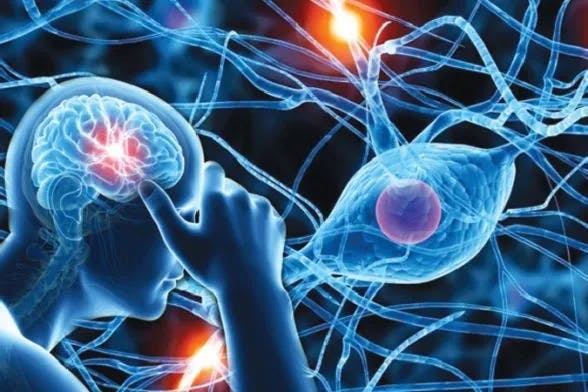.97077bf4.webp&w=640&q=75)
Neuromyelitis Optica Spectrum Disorders

Neuromyelitis optica (NMO) is a rare autoimmune disorder that affects the optic nerves and spinal cord. This condition can cause a range of symptoms, including vision loss, weakness, and sensory changes.At our neurology clinic, we have experienced specialists who can diagnose and treat NMO using the latest technology and treatments. Don't let NMO hold you back from living your best life. Book an appointment with us today and take the first step towards managing your condition and improving your quality of life.
Frequently Asked Questions
What is NMO?
Neuromyelitis optica, also known as Devic's disease, is a rare autoimmune disorder against a protein known as aquaporin 4 (AQP4) that affects the central nervous system. It typically affects the optic nerves and the spinal cord, leading to vision loss and weakness or paralysis in the limbs.
What are the symptoms of NMO?
The symptoms of NMO can vary depending on the part of the central nervous system that is affected. Some common symptoms include:
Loss of vision in one eye, Blurred vision
Pain behind one eye, Pain when moving eye
Muscle Weakness, Imbalance
Numbness, tingling, burning sensation, pins and needles
Urinary urgency, Constipation
Muscle Spasticity, Muscle Stiffness
How do you know you have NMO?
Neuromyelitis Optica (NMO) is a condition that can cause similar symptoms to Multiple Sclerosis (MS). However, there is a specific blood test that can help diagnose NMO. This test looks for the NMO antibody, which attacks a protein called Aquaporin 4 (AQP4). There are two different types of tests for the NMO antibody, but it is important to get the cell-based test, as the ELISA-based test may not be as accurate. In addition to the blood test, an MRI of the optic nerves and spinal cord can also help with the diagnosis.
How do you treat NMO?
Treatment for NMO typically involves a combination of medications and other therapies. Some common treatments include:
Immunosuppressant drugs, which help to reduce the activity of the immune system and prevent further damage to the central nervous system
Plasma exchange, which involves removing antibodies from the blood and replacing them with healthy plasma
Corticosteroids, which help to reduce inflammation in the central nervous system
Physical therapy, to help improve muscle strength and coordination
What is the long-term outlook for NMO?
The long-term outlook for NMO can vary depending on the severity of the condition and the individual's response to treatment. In some cases, NMO can lead to permanent damage to the central nervous system and disability. However, with early diagnosis and appropriate treatment, many individuals with NMO are able to manage their symptoms and maintain a good quality of life.
What is the difference between NMO and multiple sclerosis (MS)?
The main difference between NMO and MS is that NMO is typically associated with a specific type of antibody (called NMO-IgG), while MS is not. This means that NMO is typically diagnosed using a specific blood test, while the diagnosis of MS is based on a combination of clinical symptoms, imaging studies, and other tests. Additionally, the part of the central nervous system that is affected differs between these two diseases. NMO primarily affects the optic nerves and the spinal cord, while MS typically affects the brain and the spinal cord. Furthermore, the treatment approaches for NMO and MS are different, with NMO typically requiring stronger immunosuppressant drugs and plasma exchange, while MS may be treated with immunomodulatory drugs or other therapies.
Can NMO be prevented?
There is currently no known way to prevent NMO. However, early diagnosis and prompt treatment can help to reduce the risk of complications and improve long-term outcomes.